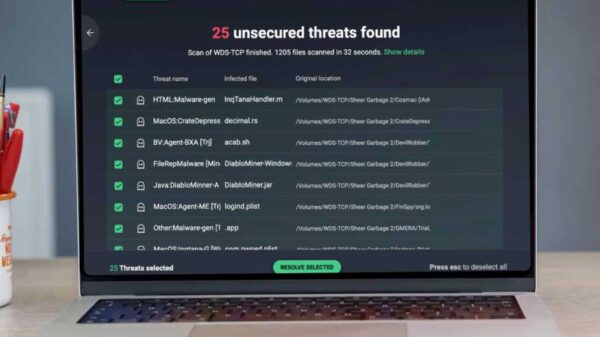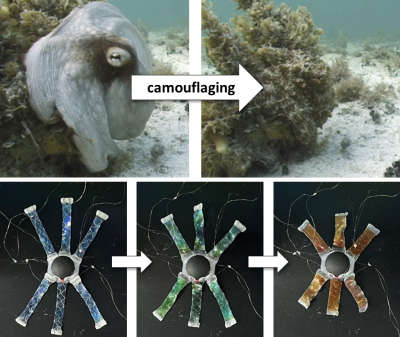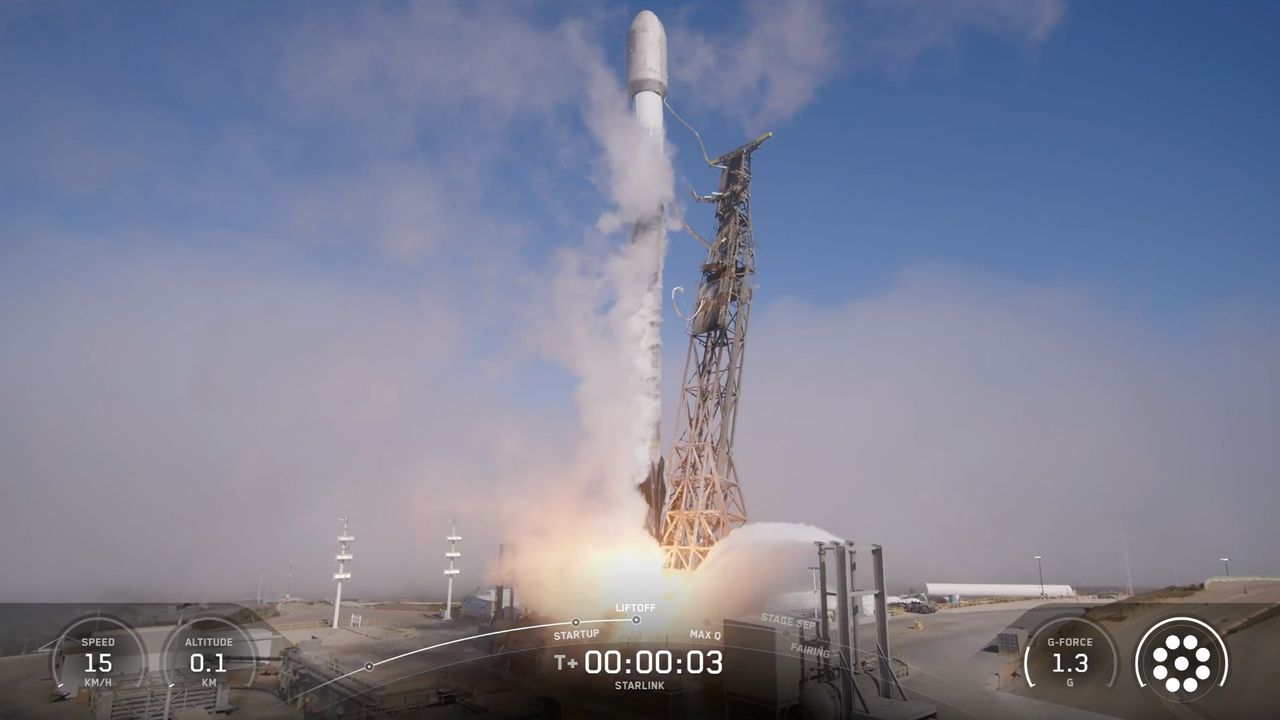SpaceX has successfully launched another group of its Starlink internet satellites into orbit. On August 22, 2025, a Falcon 9 rocket lifted off from Vandenberg Space Force Base in California at 1:04 p.m. EDT (17:04 GMT; 10:04 a.m. local time), carrying 24 Starlink satellites.
The rocket’s first stage made a successful return approximately eight and a half minutes after liftoff, landing in the Pacific Ocean on the SpaceX drone ship named “Of Course I Still Love You.” This marked the 17th launch and landing for this specific booster, designated B1081, according to a SpaceX mission description.
Details of the Launch
Following the initial stage’s landing, the Falcon 9’s upper stage continued its ascent, deploying the 24 Starlink satellites into low Earth orbit. The deployment is expected to occur around 62.5 minutes after takeoff, assuming all goes according to plan. With this launch, SpaceX’s Starlink constellation expands to over 8,100 operational satellites, making it the largest satellite network ever assembled.
The August 22 launch is part of a busy year for SpaceX, which has completed 102 Falcon 9 missions in 2025 alone, with more than 70% of those dedicated to Starlink flights. The company has also conducted three other launches this year involving test flights for Starship, the ambitious rocket intended to facilitate human settlement on Mars.
Looking Ahead
SpaceX is preparing for another significant launch, a Starship flight scheduled for August 24, 2025, at 7:30 p.m. EDT (23:30 GMT). This will represent the 10th launch for Starship, which had its debut in April 2023.
As SpaceX continues to expand its satellite network and develop its next-generation rocket, the company under the leadership of Elon Musk remains at the forefront of the commercial space industry, pushing the boundaries of modern technology and connectivity.





































































